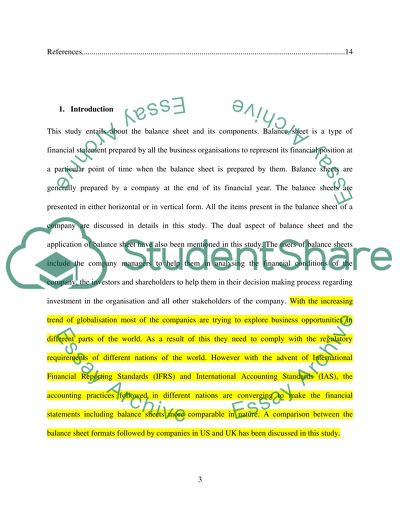Cite this document
(“Balance sheet Essay Example | Topics and Well Written Essays - 2500 words”, n.d.)
Retrieved from https://studentshare.org/finance-accounting/1400484-balance-sheet
Retrieved from https://studentshare.org/finance-accounting/1400484-balance-sheet
(Balance Sheet Essay Example | Topics and Well Written Essays - 2500 Words)
https://studentshare.org/finance-accounting/1400484-balance-sheet.
https://studentshare.org/finance-accounting/1400484-balance-sheet.
“Balance Sheet Essay Example | Topics and Well Written Essays - 2500 Words”, n.d. https://studentshare.org/finance-accounting/1400484-balance-sheet.


